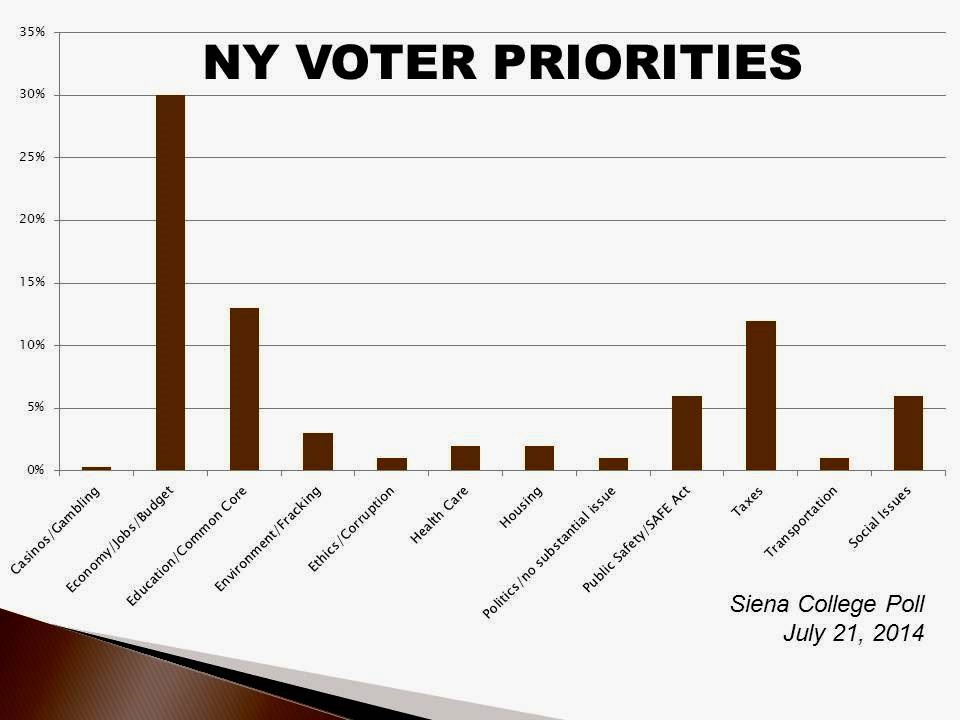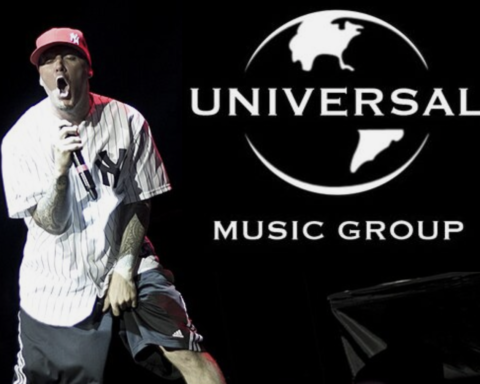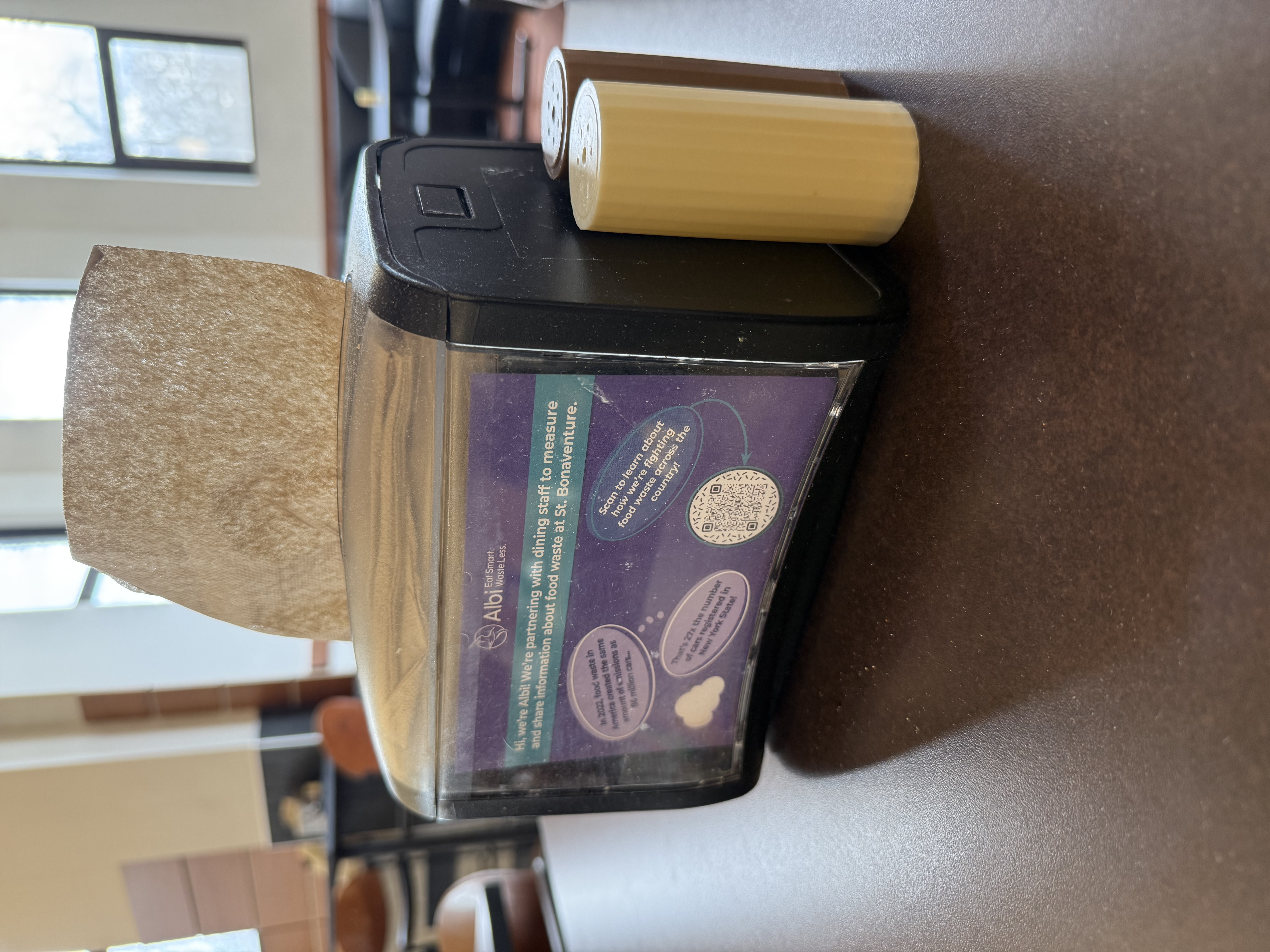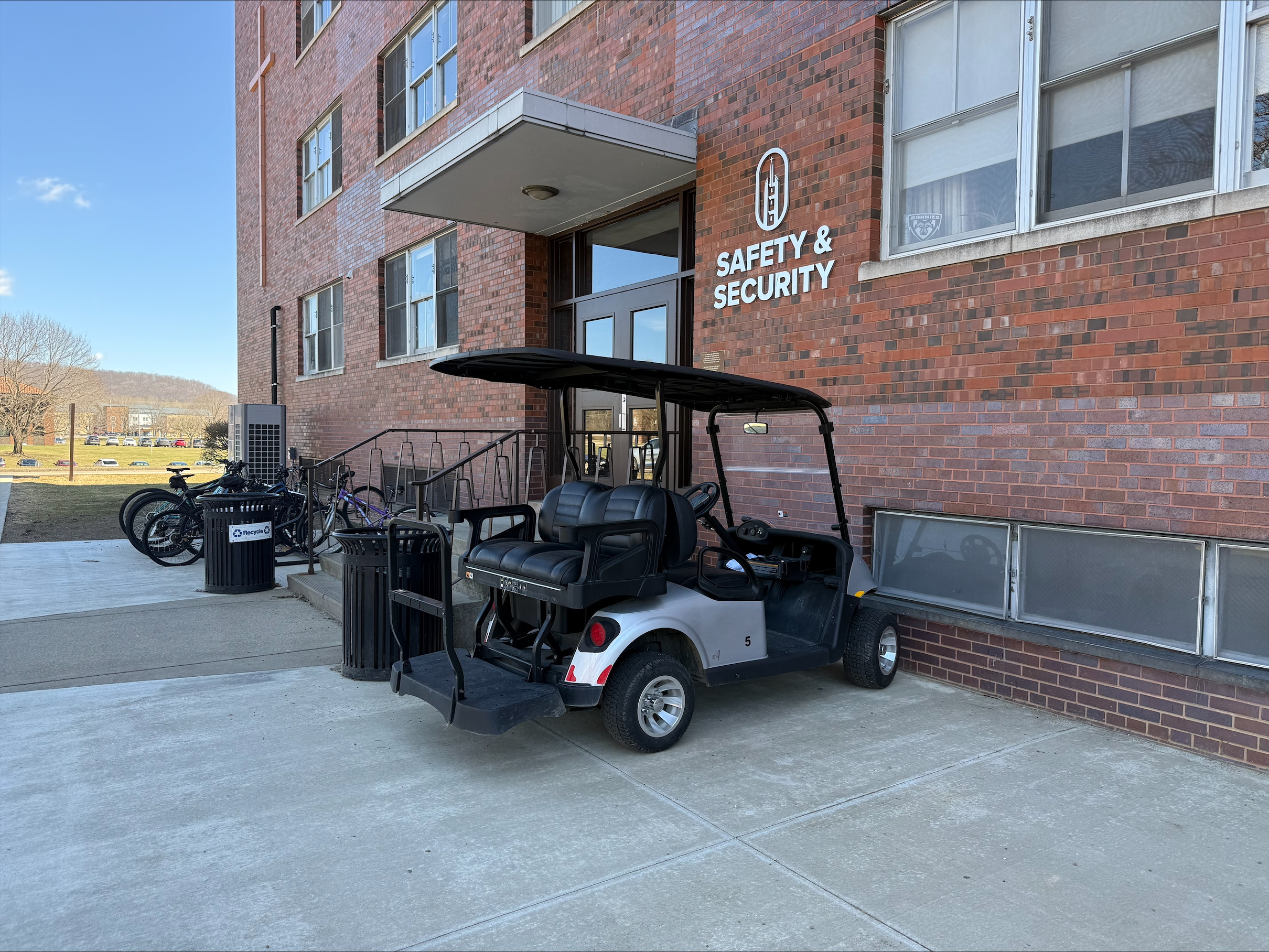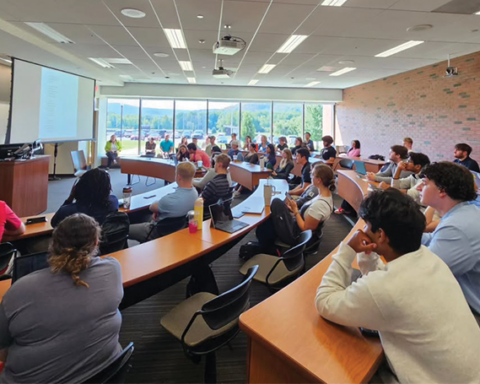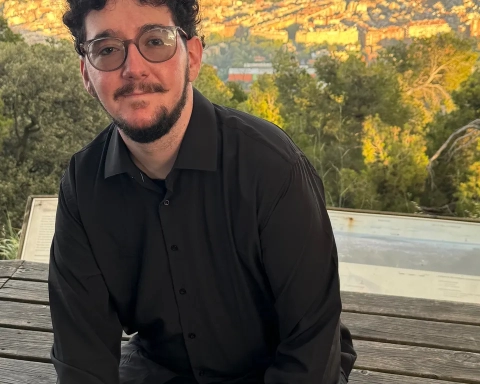By Pat Tintle and Rachel Konieczny
Assistant Sports Editor and Contributing Writer
Russell J. Jandoli School of Journalism and Mass Communication professor Richard Lee and junior accounting major Kevin Veeley spoke at the 2014 New York State Communication Association (NYSCA) conference.
Lee, who is currently teaching the honors course “Decision 2014: An Exploration of the Campaign for Governor of New York State,” spoke on Oct. 17 to a crowd of communication insiders. Focusing on the New York State race for governor between candidates Rob Astorino (R) and incumbent Andrew Cuomo (D), Lee discussed how the 2014 governor race reflects the current gap between what the media covers and what voters consider to be important information.
As an honors class, the course requires students to research information on the race for governor of New York throughout the semester.
Lee said that both the state of the economy and growing reliance on the Internet has created the distance between reporter and reader. News organizations have had to cut personnel and resources, making quality news difficult to report, according to Lee. While the Internet has expanded, so has the journalist’s workload, Lee said. The modern reader now expects instant news, forcing journalists to share their stories on Twitter and blogs rather than in print, according to Lee.
Another reason for this gap is the average experience level of the contemporary journalist, said Lee, whose earlier research focused on the media coverage of the 2005 and 2009 New Jersey gubernatorial campaigns. With less experience behind the byline, less crucial information is communicated, ultimately leading to a less informed public, according to Lee.
“One reporter told me in the ’05 election that her news organization had two reporters covering each candidate, with 70 years of experience between them,” Lee said. “In ’09, with one reporter on each candidate, maybe 15 years total experience between the two. Not to say anything negative about young reporters, some of them are very good – I have worked with some of them, but there is really no substitute for that institutional knowledge you get from all those years.”
Lee and Veeley both stated that the media is not reporting on issues that would affect the lives of voters, instead choosing to report on less relevant information.
“We expect to see a lot of coverage on things that are not necessarily about the big issues,” Veeley said. “One example is (the media) arguing over how many years of income taxes Astorino should release and how Cuomo should be having higher property taxes. This is just one example of how the media shows a lot of things that are not about the bigger issues.”
Lee and Veeley cited the recently viral video of Cuomo blatantly ignoring his Democratic Party nomination challenger Zephyr Teachout just days before the primary election, despite Teachout standing just a few feet away from the Governor.
A comedic video perhaps, but not a story worthy of great media scrutiny, according to Lee.
“Sixty-eight thousand people watched the video,” Lee said. “That’s 68,000 people not clicking on Zephyr Teachout’s webpage seeing what her position was on taxes or education.”
Although concerned by the distance the media has established from the public, as well as newsworthy information, Lee is both aware and hopeful that the gap can be filled with better journalistic training.
“It can be fixed, but not in a short amount of time,” Lee said after his speech. “People have to educate themselves. If that’s truly going to happen effectively, it has to start with the education students get in grammar school and high school. So that’s going to be a number of years before that happens. That’s even assuming that there’s a commitment to have more education about media at that level.”
However, Lee said he does not put all the blame on the media. News outlets publish the stories that they know will be read. No one dictates which stories will be read by the public except for the public themselves.
“(The voters) are part of the problem,” Lee said. “News organizations are businesses, they exist to make a profit. So if there was a demand for stories that told you where the candidate stood on policy issues, that’s what they would be running. They’re going to write the stories that attract the largest audience. They tend to be stories without a lot of substance.”
Veeley credited the conference with being an educational experience with exposure to professional presentations. As an accounting major, Veeley values his opportunity to attend the conference.
“Taking Dr. Lee’s class and attending the conference allowed me to present myself in front of others and give a professional speech, teaching me how to address any type of audience,” Veeley said. “In this way, it helped prepare me for my future in accounting.”
tintleph11@bonaventure.edu

